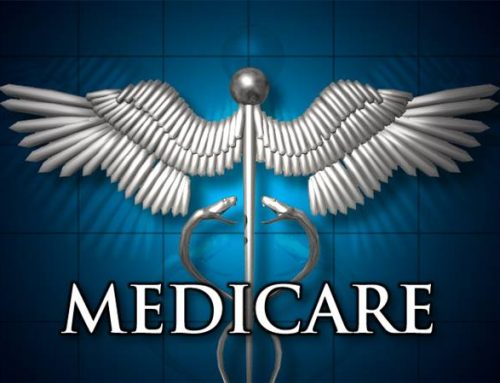| CLICK HERE and let us show how BHM’s economically maintain turn-around times and accuracy for new members. |
Though the U.S. Justice Department has used data analytics to comb through prescription and billing information to detect healthcare fraud for several years, its recent data-driven approach to tackling the opioid crisis may be its most successful yet.
According to The Wall Street Journal, the Justice Department expanded the analytics program earlier this year, after an investigation of medical data resulted in prison sentences for a Houston clinic owner and physician who were distributing disproportionately high amounts of opioid painkillers.
Soon after the investigation spread to the Appalachian region, dozens of physicians, nurses, pharmacists and more were indicted for their alleged connections to 350,000 illegal prescriptions. The majority of the indictments reportedly stemmed from data analysis, which produces much more straightforward results in opioid investigations than in other potential cases of healthcare-related fraud.
“Absent from many of these cases is that fine line often seen in healthcare fraud cases that can become tricky, in figuring out whether something was medically reasonable or necessary … Here it is often straight-up cash for prescriptions, no different than the exchange of money for drugs that takes place on the street everyday,” Sandra Moser, a former official in the Justice Department’s fraud division, told the Journal.
The opioid-targeting program is conducted by a team of healthcare fraud prosecutors, led by a data scientist, according to the Journal. They analyze data from Medicare, Medicaid, the CDC and state pharmacy databases, among other sources, to facilitate undercover stings, search warrants and potential informants.
Read the full report here.
CLICK HERE and let us show how BHM’s economically maintain turn-around times and accuracy for new members.







